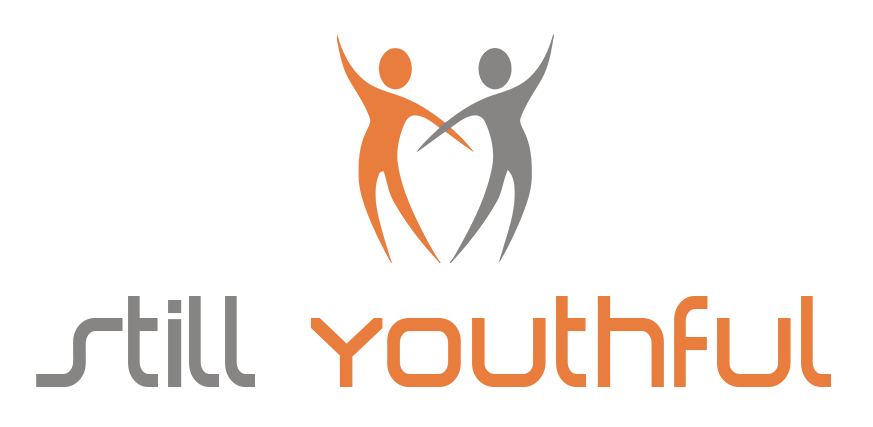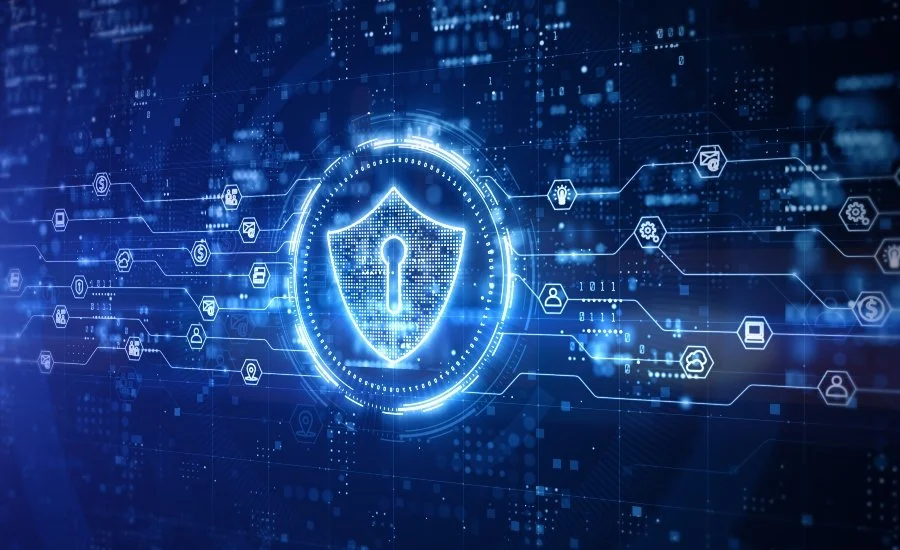Computers Explained
/We use computers for every aspect of our lives these days, but have you ever wondered how a computer works? What is RAM? Why does my computer have something called a “Hard Drive”? Still Youthful aims to better explain the finer details of the computer, helping you understand the ins and outs of the machines that we use all the time.
RAM and ROM?
Computer memory functions just like a human brain, as it stores and sorts data, so that it can be used again later. The memory is sorted into two sections, known as the RAM and the ROM. Random Access Memory (RAM) is memory that can be acquired very quickly. This enables memory to be accessed without going through a number of stages to access a particular file. RAM remembers what to access while the computer is turned on, and stores files in essentially a short-term memory, for easy access. Read Only Memory (ROM) is a computer storage memory that permanently stores data onto the computer. This is used to store essential tasks, such as powering up the PC, and software instructions. ROM can be considered as a Long-term memory. The Key difference between RAM and ROM is that RAM files are erased after the computer is turned off, while ROM files are permanent. Don’t worry; you will still have your files on the computer when you turn it on again.
What’s a computer program?
A computer program happens to be a string of instructions, which are designed to perform a particular task for the computer. Everything that we use a computer for is done through one of the many computer programs that exist, such as Microsoft Office and Safari (Internet browser). All computer programs are stored as files within the PC’s hard drive. When we want to use a particular program, the computer reads the file, and the processor reads and activates the program, and performs the task (such as writing an email). Some programs are known as software, as it tells the computer what task needs to be done.
Operating system?
An Operating System (OS) is the software that runs a computer. The OS is responsible for managing the computer’s memory, programs, software and hardware. It is how we use a computer. Without an OS, we would just be looking at a blue screen. Due to many programs running at the same time, the programs need access to the computer’s central processing unit (CPU), memory and storage. The OS makes this possible as it coordinates all of these programs together, minimizing the chance of a system crash. When you buy a computer, you will most likely have an OS preloaded into the system, and most people tend to stay with that OS, but it is possible to change your OS. The main 3 are Microsoft Windows, Apple Mac OSX, and Linux.
Hard Drive
The Hard Drive, also known, as “Hard Disk Drive (HDD)” is the basic storage of our computer files, that doesn’t go away when the computer is turned off. It runs on a spinning disc within a metal case. For hard drives, there are two forms, known as internal and external. The internal hard drive is the main storage component of the computer, and comes with a prefixed storage size, often represented in Gb (gigabyte). A person generally keeps their important files within the internal hard drive, so that it can be easily accessed, such as an important document or a favourite movie. External hard drives are a separate hard drive that is connected to the computer, to back up files that you can’t hold onto within the internal hard drive. They are also known as portable drives, as they can easily transfer files from one computer to another. External hard drives are purchased separately, but can often be bought at larger sizes than the internal hard drive storage, and aren’t relatively expensive.
Solid State Drives
A solid-state drive (SSD) is a hard drive that does not use “disks” to store data, but uses flash memory in order to store the data. This gives us a hard drive with no moving parts, making it practically silent as it works. The SSD also runs at a faster rate than a HDD, making it easier to access data, and loading times are far better as a result of this. The SSD also happen to be more power efficient, enabling a longer battery life than compared to standard HDD PCs. The SSD is however a bit pricier than the HDD option, but that may change as SSD gradually replaces HDD.
Computers are not always easy to understand, due to the many different components that exist within the computer. By highlighting some of the many talked about concepts, such as Hard Drives, Operating Systems, Programs and RAM, we hope we have made computers a bit easier to understand.












